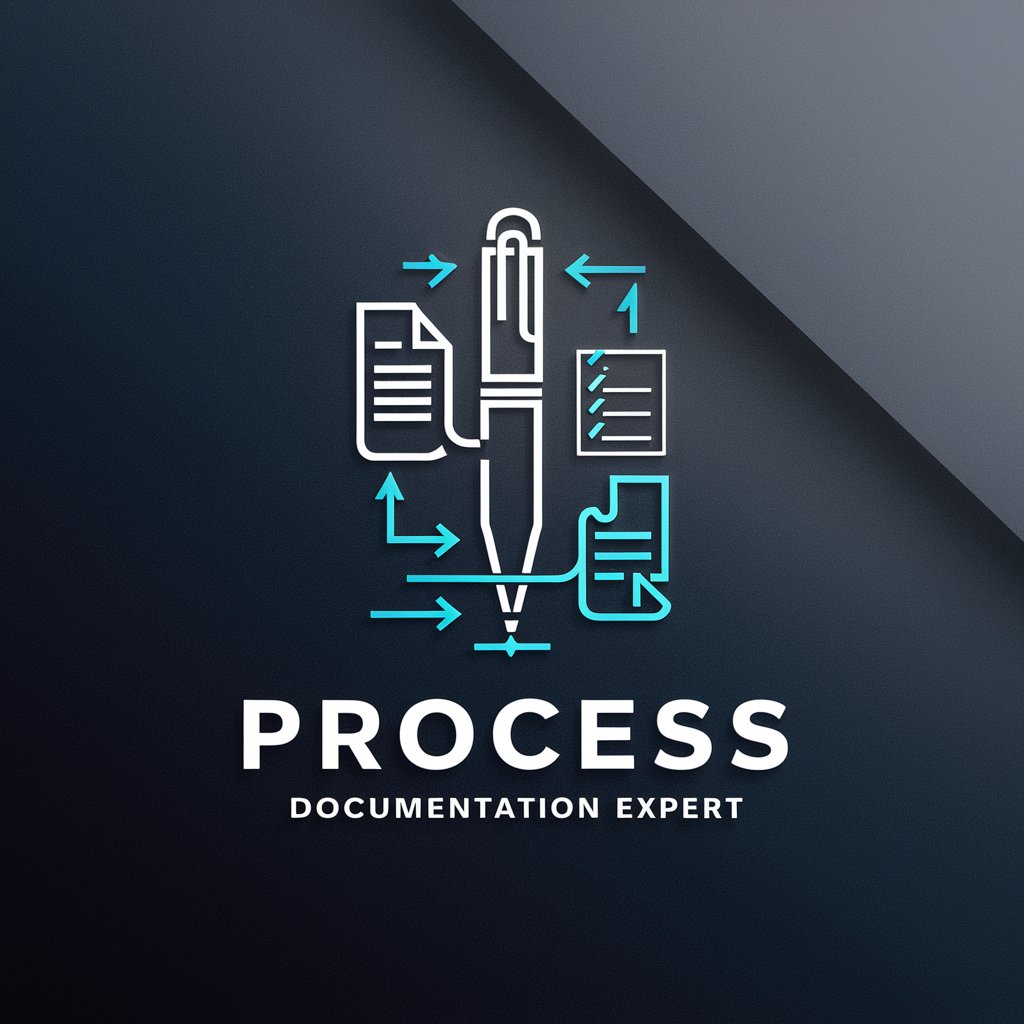
Instructor Documentation - Python Model Integration

Welcome to the Instructor Documentation!
Simplify language model interactions with structured Python integration.
Explain how to use the instructor library to...
Describe the benefits of using Pydantic in...
How does the OpenAI function calling feature...
What are the key concepts for validating...
Get Embed Code
Introduction to Instructor Documentation
Instructor bridges language models with Python through simplified interactions and structured data extraction. It leverages Pydantic for defining data schemas and enhances the usability of language models for developers. By utilizing Pydantic, Instructor ensures streamlined data validation and serialization, making interactions with language models more predictable and robust. For example, a developer could define a user schema with attributes like name and age, and then extract this information directly from the language model's response, thus avoiding the need for complex parsing logic. This approach not only simplifies the codebase but also accelerates development cycles by allowing focus on the core logic rather than on parsing and validation. Powered by ChatGPT-4o。

Main Functions of Instructor Documentation
Simplifying Language Model Interactions
Example
A Python developer can define a Pydantic model for user details and extract this information from a language model's response without manual parsing.
Scenario
Extracting structured data from unstructured language model outputs for user profiles.
Validating and Serializing Data with Pydantic
Example
Use Pydantic validators to ensure that the extracted data from a language model meets specific criteria, such as age being within a valid range.
Scenario
Ensuring the integrity of data extracted from language model responses for applications requiring high data quality.
Facilitating Complex Data Operations
Example
Defining relationships between different data models to extract and process complex data structures from language model responses.
Scenario
Complex data extraction and processing, such as handling user relationships and properties in social network analysis.
Ideal Users of Instructor Documentation
Python Developers
Developers seeking to integrate language models into Python applications will find Instructor's approach of using Pydantic models for data extraction and validation immensely beneficial.
Data Scientists
Data scientists requiring structured data from language models for analysis and machine learning projects can leverage Instructor to streamline their data preparation processes.
AI Researchers
Researchers exploring language models and their applications can utilize Instructor to quickly prototype and test hypotheses by efficiently interacting with and extracting data from these models.

How to Use Instructor Documentation
Start Free Trial
Visit yeschat.ai to begin using Instructor Documentation with a free trial. There's no need to log in or subscribe to ChatGPT Plus.
Understand Instructor's Capabilities
Familiarize yourself with the features and functionalities of Instructor, including its integration with Pydantic and the OpenAI API for streamlined interactions with language models.
Implement Pydantic Models
Create Pydantic models to define the structure and validation of the data you're working with, enabling clear and error-reduced communication with language models.
Use Instructor as a Function
Leverage Instructor's function to conveniently call and interact with language models, simplifying the process of sending requests and receiving structured responses.
Explore Advanced Features
Delve into Instructor's advanced functionalities, such as error handling, retry mechanisms, and working with language models as microservices to enhance your application's capabilities.
Try other advanced and practical GPTs
Communauté + Documentation
Empowering Google Ads Success with AI

BlueSkyPlan Documentation
Your Partner in Advanced Dental Care

Sartorial Evaluator - Rate and Evaluate Men Style
Elevate Your Style with AI-Powered Fashion Insights

Financial Companion
Empowering Your Financial Decisions with AI

Code Companion
Elevate your coding journey with AI

Poetry Companion
Nurture your poetic genius with AI

Documentation GPT
Automate your code documentation effortlessly.

Azure Documentation
Empowering Innovation with AI-Enhanced Azure Insights

Documentation Explorer
Empowering documentation exploration with AI.

Documentation simplifier
Simplify your documents with AI

Doxygen Documentation
Automating Your Documentation Workflow

Process Documentation Expert
Streamlining Documentation with AI Power

Instructor Documentation Q&A
What is the primary purpose of Instructor?
Instructor is designed to bridge Python with language models, using Pydantic for structured interactions and OpenAI's API, simplifying how developers work with language models by providing a clear, structured way to send requests and handle responses.
How does Instructor simplify working with language models?
Instructor simplifies this process by using Pydantic models to define the data structure and validation for requests and responses, enabling clear, error-reduced communication with language models.
Can Instructor handle errors and retries?
Yes, Instructor includes mechanisms for error handling and retry strategies, making it more robust and reliable for applications that require dependable interactions with language models.
Is Instructor compatible with FastAPI?
Instructor is designed with compatibility in mind, allowing it to work seamlessly with FastAPI and other Python frameworks by leveraging Pydantic models, thus enabling the development of scalable and efficient web applications.
How does Instructor use Pydantic for model validation?
Instructor uses Pydantic to enforce type correctness and validation of data being sent to and received from language models. This ensures that applications interact with language models in a structured and error-free manner, enhancing reliability and developer productivity.





